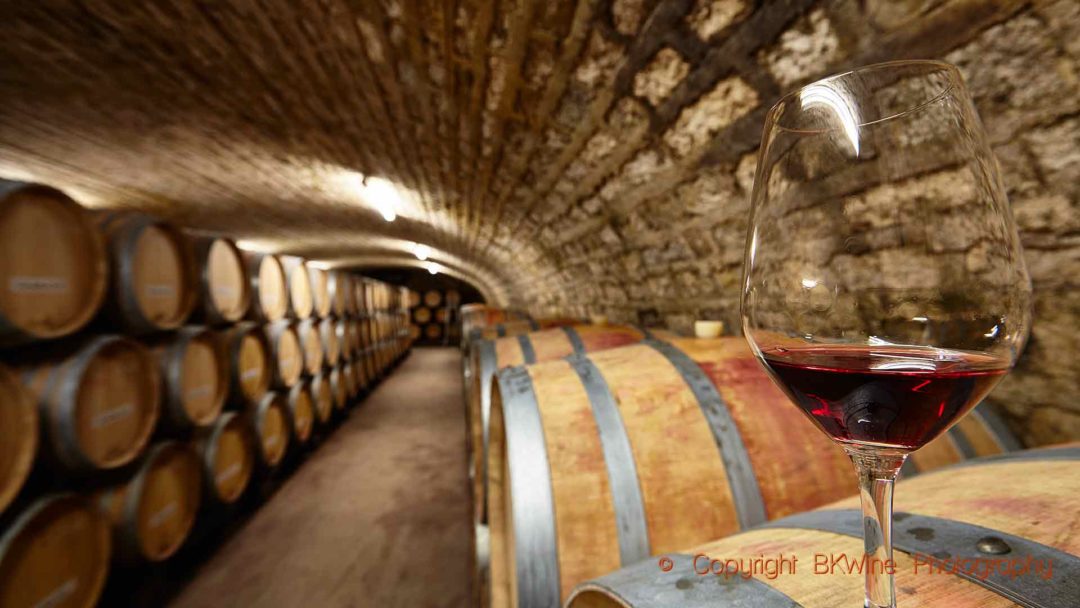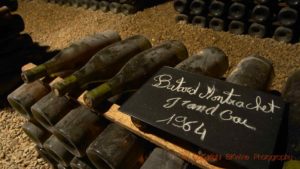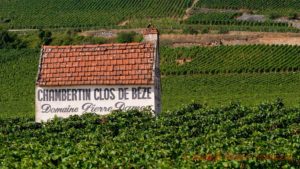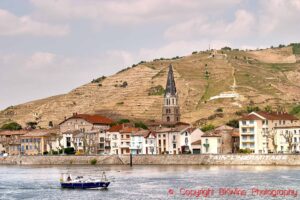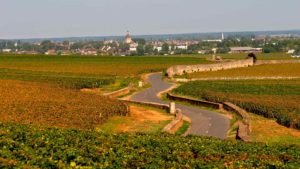Burgundy and La Côte d’Or
Some of the most unique wines in the world – reds and white – come from Burgundy. A well-made red Bourgogne made from the elusive Pinot Noir grape variety, is a wine of elegance rarely found elsewhere. The fruity aromas are mixed with a hint of autumn leaves and spices and almost always a moderate use of oak barrels. Despite their pale colour, these can be very impressive wines.
Made from the popular Chardonnay grape, the white wines can be powerful and oaky; some time in bottle helps them find the right balance. This is the case especially for the grand cru wines, while other whites usually drink very well soon after bottling. They have a very attractive roundness that makes them mouth-filling and soft, with good minerality on the finish.
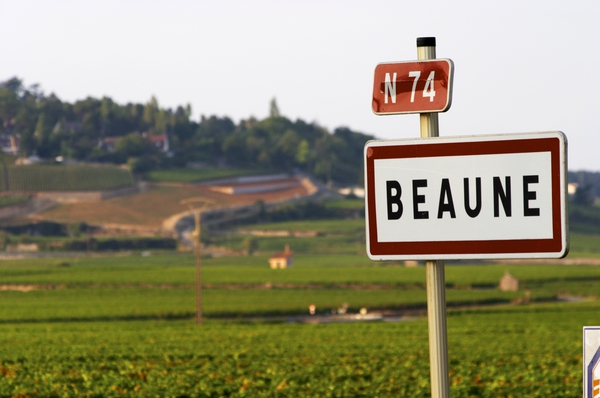
La Côte d’Or (literally the golden slope) is only 80 kilometres long, running from Marsannay close to Dijon, down to Santenay and Maranges in the south. Drive along the RN 74 road and you’ll pass all the famous villages: Gevrey-Chambertin, Chambolle-Musigny, Vougeot, Vosne-Romanée, Aloxe-Corton, Pommard, Puligny-Montrachet, Chassagne-Montrachet and so on. Vines are everywhere, and in these villages, many of the inhabitants work in the wine business.
The Côte d’Or area is divided into two parts: Côte de Beaune and Côte de Nuits. Côte de Nuits makes almost only red wine, while it is almost only (but not quite) Marsannay in the north that makes white and rosé.
Côte de Beaune has not only some of the world’s most famous whites, but also some very fine reds. It boasts a single red grand cru – Corton – which at 162 hectares happens to be the largest grand cru vineyard in the whole of Burgundy.
A few facts about Burgundy
Burgundy’s main sub-regions:
- Chablis
- Côte d’Or, comprising Côte de Nuits and Côte de Beaune
- Côte Chalonnaise
- Mâcon
- Beaujolais
Wine growing area: 46,000 hectares, of which Côte d’Or represents 9,000 hectares.
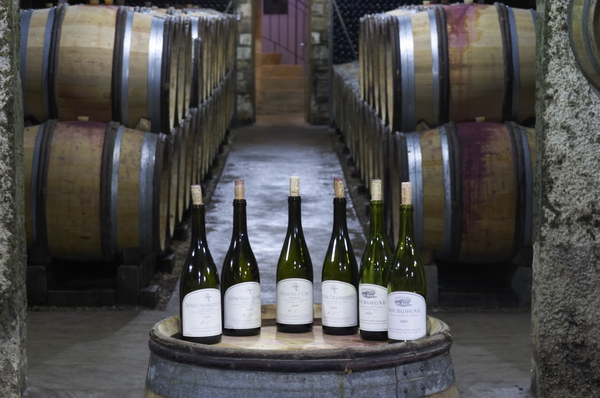
Main grape varieties
White grapes:
- Chardonnay
- Aligoté
Red grapes:
- Pinot Noir
- Gamay (in Beaujolais and Mâcon; blended with Pinot Noir for Bourgogne Passetoutgrain)
There are a number of others too.
Grand cru vineyards in Côte d’Or
Côte de Nuits
All, except Musigny, are only for red wines.
Gevrey-Chambertin
- Chambertin
- Chambertin-Clos de Bèze
- Charmes-Chambertin
- Chapelle-Chambertin
- Latricières-Chambertin
- Ruchottes-Chambertin
- Mazis-Chambertin
- Griottes-Chambertin
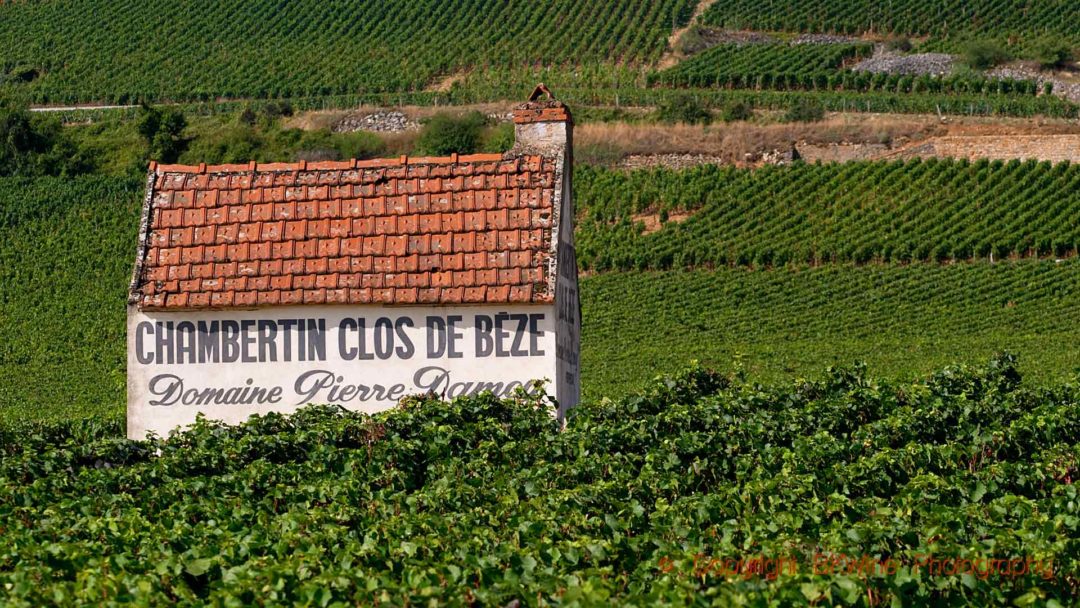
Morey-Saint-Denis
- Bonnes-Mares (part of)
- Clos des Lambrays
- Clos Saint Denis
- Clos de la Roche
- Clos de Tart
Chambolle-Musigny
- Musigny
- Bonnes-Mares (part of)
Vougeot
- Clos de Vougeot
Flagey-Echézeaux
- Echézeaux
- Grands Echézeaux
Vosne-Romanée
- Romanée-Conti
- La Romanée
- La Grande Rue
- La Tache
- Richebourg
- Romanée-Saint-Vivant
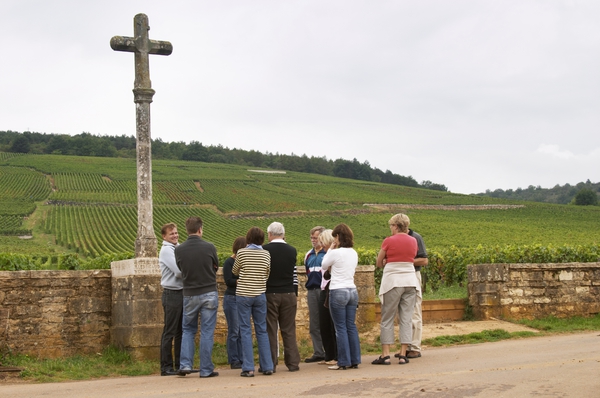
Côte de Beaune
All, except Corton, are for white wines.
Aloxe-Corton
- Corton-Charlemagne
- Corton
Puligny-Montrachet
- Montrachet (part of)
- Bâtard-Montrachet (part of)
- Bienvenues-Bâtard-Montrachet
- Chevalier-Montrachet
Chassagne-Montrachet
- Montrachet (part of)
- Bâtard-Montrachet (part of)
- Criots-Bâtard-Montrachet
This was a short introduction to the wine region of Burgundy. Many tomes have been written about the wines of Burgundy. You can read more about Burgundy on-line on our BKWine Magazine site with articles on wine, including Burgundy.
We hope this whets your appetite. Learn more about the wonderful wines of this region by coming on a fabulous wine tour to Burgundy.
Travel to the world’s wine countries with the people who know wine and the local culture, with those who can give you the best experience. Travel with those who can take you to the best producers and the most beautiful spots. Where you get to taste the most exciting wines, personally meet the winemakers, and enjoy the true local gastronomy.
Travel with BKWine Tours!

